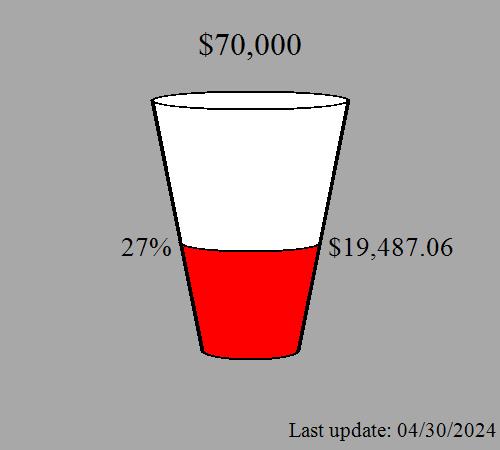Mr. Ron is taking laps, and they call him Roto-Rooter
slash plumber, fast runner, and he fly on them computers

Entries in strict pull-up (8)
Movement Shapes Pt. 13: Strict vs. Kipping
 Emma |
Emma |  Sunday, August 10, 2014 at 5:29PM
Sunday, August 10, 2014 at 5:29PM The strict pull-up has been randomly appearing in our warm-up lately (could it be because of him? Or him?). Regardless of the reason, the strict pull-up is a great diagnostic tool for anything that could be off in your kipping pull-up.
The lack of a kip qualifies the strict pull-up as a Category 1 movement, one that you slowly and painfully grind through with connection the entire time. So one would think that without the loss of conncection, the strict pull-up would be easier to mantain a stable position.
However, like the unfathomable English, sometimes there are rules that exist and apply...but still have exceptions. This is one of them. A kipping pull-up is easier to maintain position because you have added a little speed. Normally high speed movements are pretty unstable: running, wallballs, a clean. But there are certain movements that need more speed to be stable. Think candlestick roll: most of us can do them if we get a little momentum and arm swing, but if you ask us to perform them slowly, there's no place to hide the virtually nonexistent ankle range of motion. It's like when you read a post quickly, you won't notice many or any spelling errors. Go through it slowly? They might pop out more then we like...
That's why we practice static or slow moving positions. The better we have them, hopefully the better our low- connection movements will improve. Let's use Sabal as an example. On his kipping pull-up he ends up like this:

Instead of this:

It's not easy to spot when he's kipping, but his elbows flare out and he loses his position of global flexion at the top of the bar which throws of his kip. Guess what his strict pull-up looks like? Exactly the same, except the mistakes are glaring. This is why he ends up at the top of the bar with his toes behind his hips. We all know the rule- keep those little piggies in sight, the top of a pull-up should look just like the bottom of a pull-up. Or change orientation a bit and move the shoulders around and it's a hollow rock. So get 'em done.


 Chris Sinagoga
Chris Sinagoga
Just thought I'd add a follow up because the timing is good. CrossFit just put out the following video on the main site today about how to fix a kipping pull-up. Thoughts?


